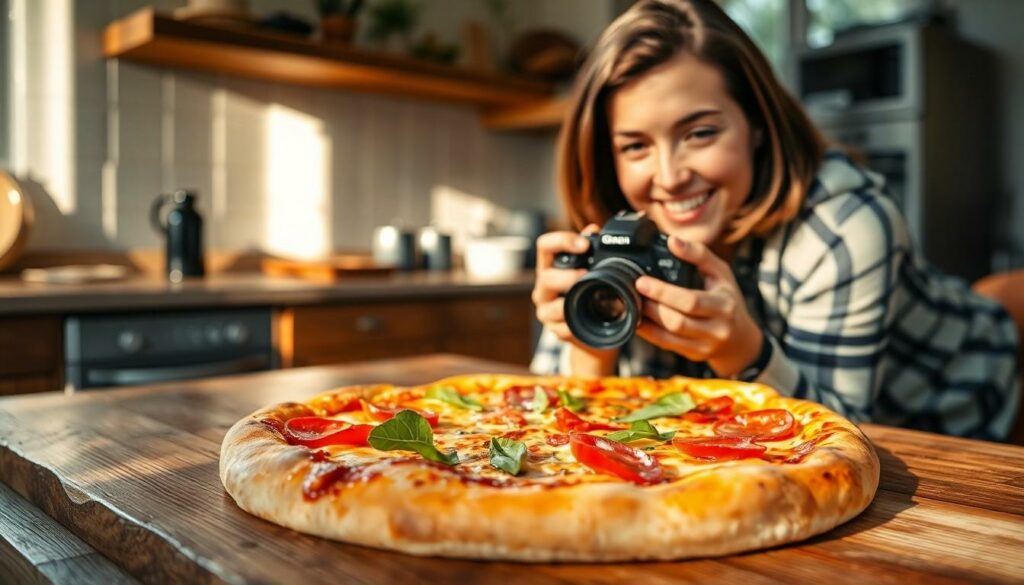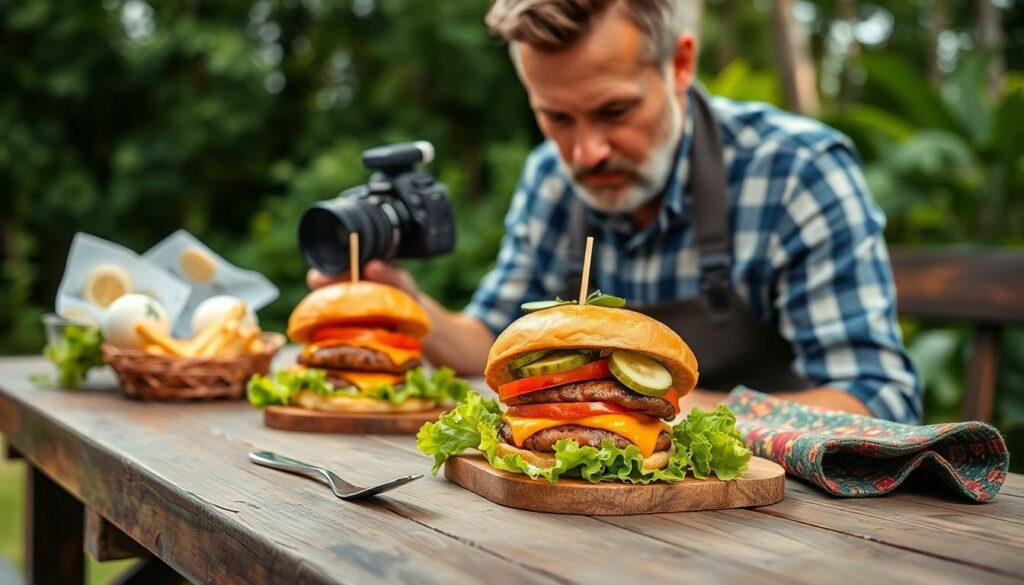In the world of food photography, capturing that perfect shot is just half the battle. The other half? Getting paid for those mouthwatering masterpieces. Enter the food photography invoice—a crucial tool that turns your delicious visuals into a profitable venture. Without it, you might as well be serving a gourmet meal without a plate; it just doesn’t make sense!
Food Photography Invoice
Food photography invoices serve as essential documents that detail the services provided and the payment terms. Such invoices not only clarify the financial relationship between the photographer and the client but also streamline the payment process. Including specific elements on an invoice makes understanding costs easier for both parties.
Key components of a food photography invoice encompass the photographer’s contact information, the client’s details, and a unique invoice number. Each invoice must specify the date of the service, a description of the images delivered, and any additional services like editing or styling. Pricing should be transparent, reflecting hourly rates or package deals.
Conditions may include payment deadlines and accepted payment methods. Common practices dictate providing payment options such as bank transfers, credit cards, or checks. Notably, a late fee policy can encourage timely payments, safeguarding the freelancer’s income.
Proof of delivery often accompanies an invoice. This may include samples of the food images and any agreements made prior to the shoot. Clear documentation creates a stronger foundation for future collaborations.
Maintaining a record of invoices is critical for tax reporting and financial management. Effective organization allows tracking of payments and reduces the risk of errors. Each invoice represents a step toward establishing a professional brand presence in food photography.
Using templates or invoicing software can enhance efficiency. Many tools offer customization options that align with branding and visual style preferences. Adopting such practices can free up time for more creative endeavors, ensuring that photographers focus on their artistic craft.
Importance Of Food Photography Invoices
Food photography invoices play a vital role in the industry. They provide clarity on the financial agreements between photographers and clients.
Legal And Financial Considerations
Legal aspects of food photography invoices protect both parties. Each invoice serves as a binding agreement, outlining services rendered and payment terms. Maintaining accurate records of these documents aids in financial management, especially during tax season. Invoicing ensures photographers get compensated for their work, minimizing disputes and misunderstandings. Compliance with local regulations is critical, as it impacts tax reporting. Professionals often rely on clear documentation to safeguard their rights and ensure timely payments.
Professionalism And Client Relations
Professionalism is reflected in how invoices are prepared and delivered. Well-structured invoices enhance client relations by fostering transparency. Detailed invoices communicate value and encourage trust between photographers and clients. Offering multiple payment options shows flexibility, catering to client preferences. Timely invoice delivery signals reliability, cementing long-term partnerships. Regular follow-up on outstanding invoices demonstrates commitment to business practices, strengthening rapport within the industry.
Key Components Of A Food Photography Invoice
Food photography invoices include various essential components that ensure clarity and professionalism. These components detail the services offered and clarify expectations between the photographer and client.
Itemized List Of Services
An itemized list outlines every service provided during the project. Photographers list specifics like the number of images delivered, styling services, or additional editing tasks. This level of detail helps clients understand exactly what they are paying for. By including descriptions of services, photographers minimize misunderstandings and reinforce transparency. Including each service’s quantity and corresponding rates promotes clear communication around what was agreed upon.
Pricing Structure
A pricing structure displays the costs associated with each service listed on the invoice. Photographers establish a baseline rate for standard photo sessions while detailing extra costs for specialized work, such as complex styling or expedited delivery. Clearly outlining these costs aids client budgeting and ensures there are no hidden fees. Providing comprehensive breakdowns builds trust and fosters long-term working relationships. Transparent pricing encourages prompt payment and prevents disputes after the services have been rendered.
Payment Terms And Conditions
Payment terms and conditions outline the expectations for settling invoices. Photographers specify deadlines for payment, accepted methods, and any applicable penalties for late payments. By clearly stating these terms on the invoice, expectations around timing and compliance are set upfront. This clarity enables smoother financial transactions and minimizes potential conflicts. Including information on deposits for larger projects also helps in securing commitments from clients, making it easier for both parties to manage financial obligations.
Tips For Creating Effective Food Photography Invoices
Creating effective food photography invoices requires attention to detail and a clear presentation of information. Properly structured invoices facilitate timely payments and foster strong client relationships.
Design And Layout
Clarity enhances the invoice’s effectiveness. Use a clean layout with ample white space to ensure readability. Clearly label sections, such as contact information and services rendered. Incorporate the business logo to establish brand identity. A consistent font style contributes to a professional look and feel. Itemization assists clients in assessing charges, making adjustments easier to understand. Aside from this, ensure vital details remain prominent, including payment terms and total amount due.
Common Mistakes To Avoid
 Failing to include essential contact details can lead to missed communication. Neglecting to specify the invoice number may cause confusion and payment delays. Avoid vague descriptions of services, as they leave room for misunderstanding. Not establishing clear payment deadlines often results in delayed payments. Additionally, overlooking the inclusion of accepted payment methods hinders the client’s ability to complete transactions easily. Failing to follow up on outstanding invoices can damage relationships and impact future collaborations.
Failing to include essential contact details can lead to missed communication. Neglecting to specify the invoice number may cause confusion and payment delays. Avoid vague descriptions of services, as they leave room for misunderstanding. Not establishing clear payment deadlines often results in delayed payments. Additionally, overlooking the inclusion of accepted payment methods hinders the client’s ability to complete transactions easily. Failing to follow up on outstanding invoices can damage relationships and impact future collaborations.
Professional Relationship
Food photography invoices are vital for establishing a professional relationship between photographers and clients. They not only detail the services rendered but also ensure that the financial aspects are clear and transparent. By incorporating essential components like itemized services and clear payment terms, photographers can create invoices that promote timely payments and foster trust.
Attention to detail in invoice design can reflect a photographer’s brand identity and professionalism. Proper invoicing practices not only protect both parties but also streamline financial management. With the right approach to invoicing, photographers can focus on their craft while ensuring their efforts are rewarded.


